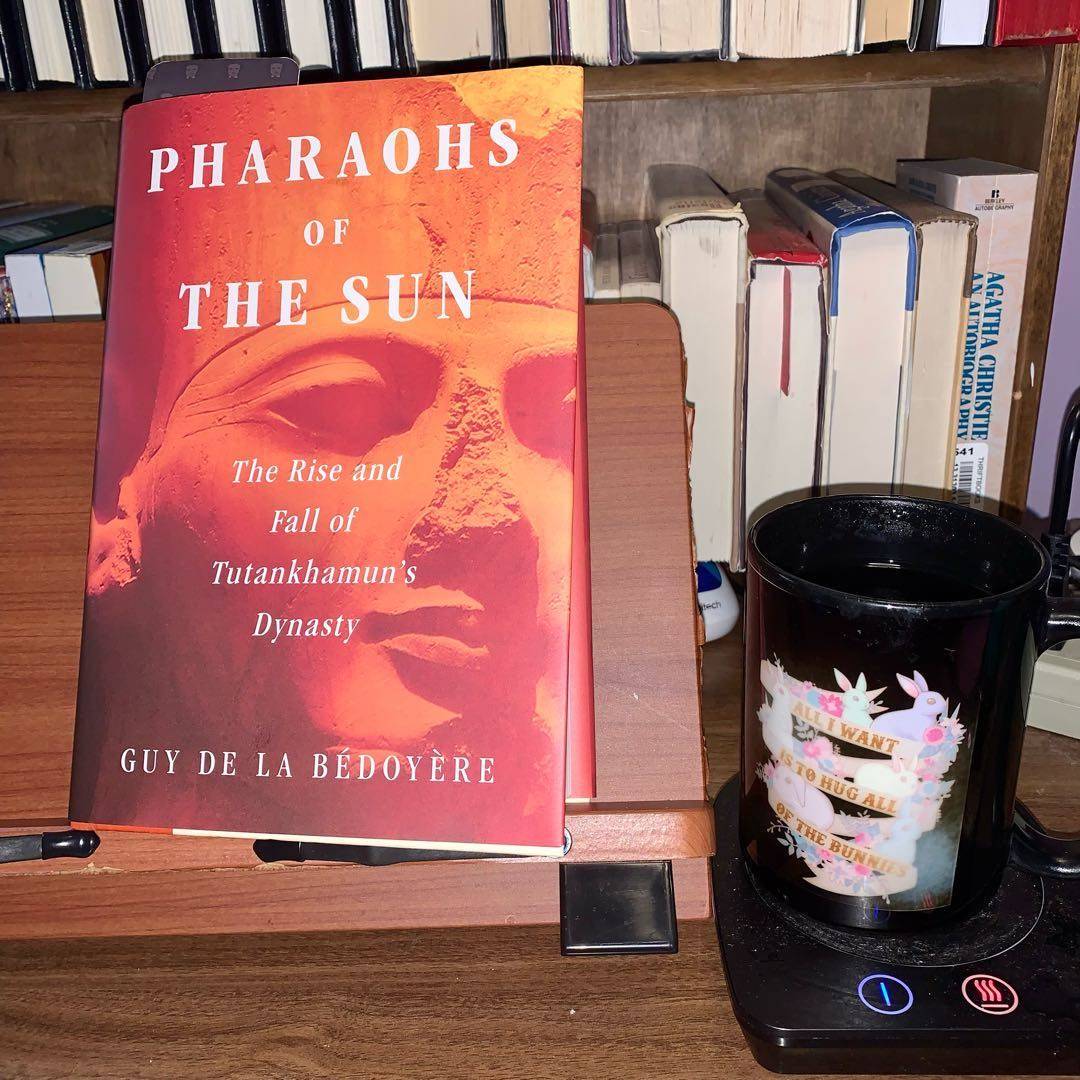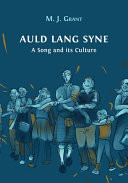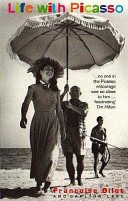
Since the ancient Egyptians spent a great deal of time despoiling one another and anyone else within their reach, it is hard to be too judgmental. At least nowadays, the buildings and artifacts housed in museums are safer than they have ever been. The greatest threat a pharaoh‘s burial and monuments faced was from his successors rather than 19th century collectors, and the same applied to almost any private burial or possessions.â #historathon2023
1 stack add


















